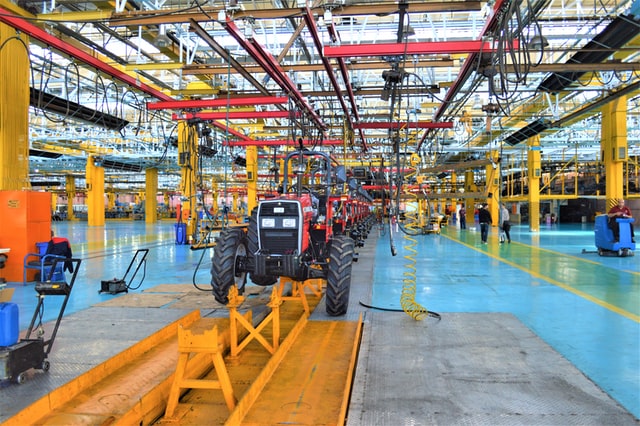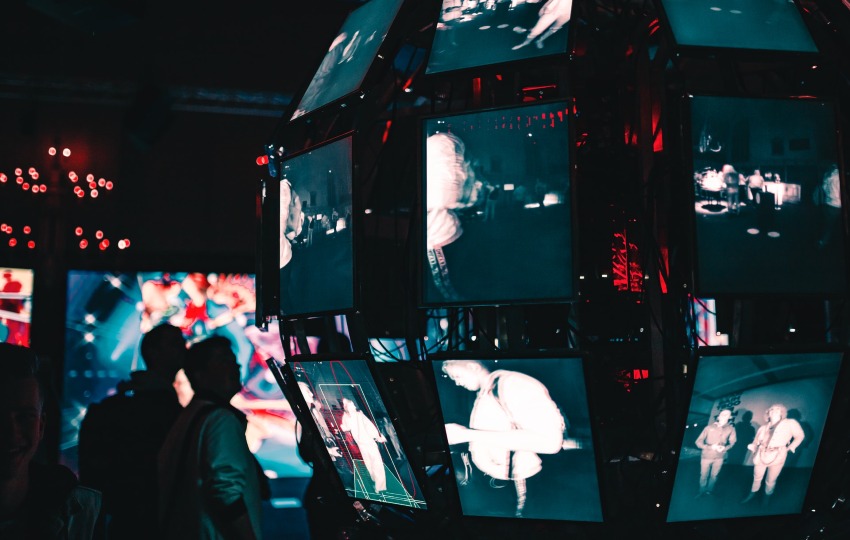Did you know that 85% of the jobs in 2030 haven’t been invented yet? This is what a report by tech giant Dell suggests, authored by the Institute for the Future (IFTF). At the same time, various tech, business, and academic experts worldwide seem to share the same view.
But if that’s the case, how will the world prepare for such a change? What is Industry 4.0, and what does it have to do with education? What is the difference between transformation and innovation? These are some questions that this article will try to answer.
What is Industry 4.0
The digitization of production has changed dramatically the way we make products. This transformation is so overwhelming that we named it Industry 4.0 to mark the ongoing fourth manufacturing revolution.
It has been a long way since the first industrial revolution that used water and steam in the manufacturing process. Then, we passed on to the second industrial revolution with the introduction of electricity, while the third saw the proliferation of computes and automation. Industry 4.0 builds upon the latter’s characteristics by adding smart and autonomous systems like the Internet of Things (IoT) powered by data and machine learning.
The impact of Industry 4.0 technological revolution on jobs

The advancement of technology due to the 4th industrial revolution will significantly impact jobs worldwide. The key technologies that have been transforming the workplace are the high-speed mobile internet, AI and automation, big data analytics, and cloud computing. Specifically, it has been found that AI and automation not only will change how work is done, but they will also have a tremendous impact on employment figures.
According to studies, AI that automation will affect about one-fifth of the global workforce. Many companies believe that the broader integration of AI and automation will reduce the number of their full-time employees. Experts expect robots to replace many of them by 2030.
The data look quite disheartening from an employee’s perspective as many workers will become redundant. However, this digital transformation by Industry 4.0 designates the beginning of a new era for businesses and employees alike. AI and automation will push employees towards new productivity-enhancing jobs, and new roles will emerge.
Industry 4.0 in education
The new demand for skills to support Industry 4.0 will inevitably transform our education systems. This shift towards supporting the fourth industrial revolution in schools is also called education 4.0.
Current employees will need to upskill or reskill themselves to remain relevant and to acquire future proof qualifications. At the same time, the younger generation needs to become familiar with these technologies starting from a young age. By doing so, they will have many of the required skills to join the workforce as soon as they graduate.
Therefore, schools need to adapt their curricula to the new reality and adopt new learning approaches to prepare tomorrow’s workers better. To achieve this, schools need to make these new technologies part of their curricula, utilize technology to improve the learning experience and focus on the hard and soft skills required for future job roles.
Innovation or transformation?
The terms “innovation” and “transformation” are frequently used interchangeably, but they are distinct in the digital age. In some cases, transformation can lead to innovation, while innovation leads to transformation in others. Nevertheless, there is a causal link between them that we frequently overlook. In this modern-day, we must know their differences.
The main difference between innovation and transformation is speed. Transformation usually takes a lot of time as it moves from one state to another. On the other hand, innovation refers to a sudden burst of creativity and the subsequent actions taken to make it part of a wider strategy.
Based on the above, what is happening with industry 4.0 in education, we should characterize it more as a transformative process. Essentially, education follows innovations in industry 4.0 and strategically tries to adapt to the new situation to support it further.
However, innovation elements could not be missing from education as it is a dynamic environment. Innovation in education is more than simply dealing with new technologies. Educators are in a constant problem-solving state to find solutions to real problems, promote equity, and improve learning. Their numerous students come with their own strengths and weaknesses, and it is up to the teacher’s discretion to decide on the best way to approach them. Many programs, services, procedures, products, and partnerships may improve education outcomes in innovative ways.
Conclusion
The fourth industrial revolution has introduced new technologies that will take the world of work by storm. As many future jobs do not exist yet, it is evident that we need to start preparing for them. This is how Industry 4.0 enters our education system transforming it while showing the way to become more innovative itself.
Education 4.0 for Youth EU Project
As we have made clear the connection between Industry 4.0 and education, we would like to show you a European project that strives to promote Education 4.0 further. Education 4.0 for Youth is an Erasmus+ project that seeks to inform the public about this new type of education and how it relates to industry 4.0.
This project recognizes the importance of the new skills required to support the fourth industrial revolution but focuses more on identifying sources of learning. Eventually, it aims to create a learning platform where users can know more about Industry 4.0 and learn new skills.
Follow Education 4.0 for Youth official website to stay up to date with its news and future activities.

